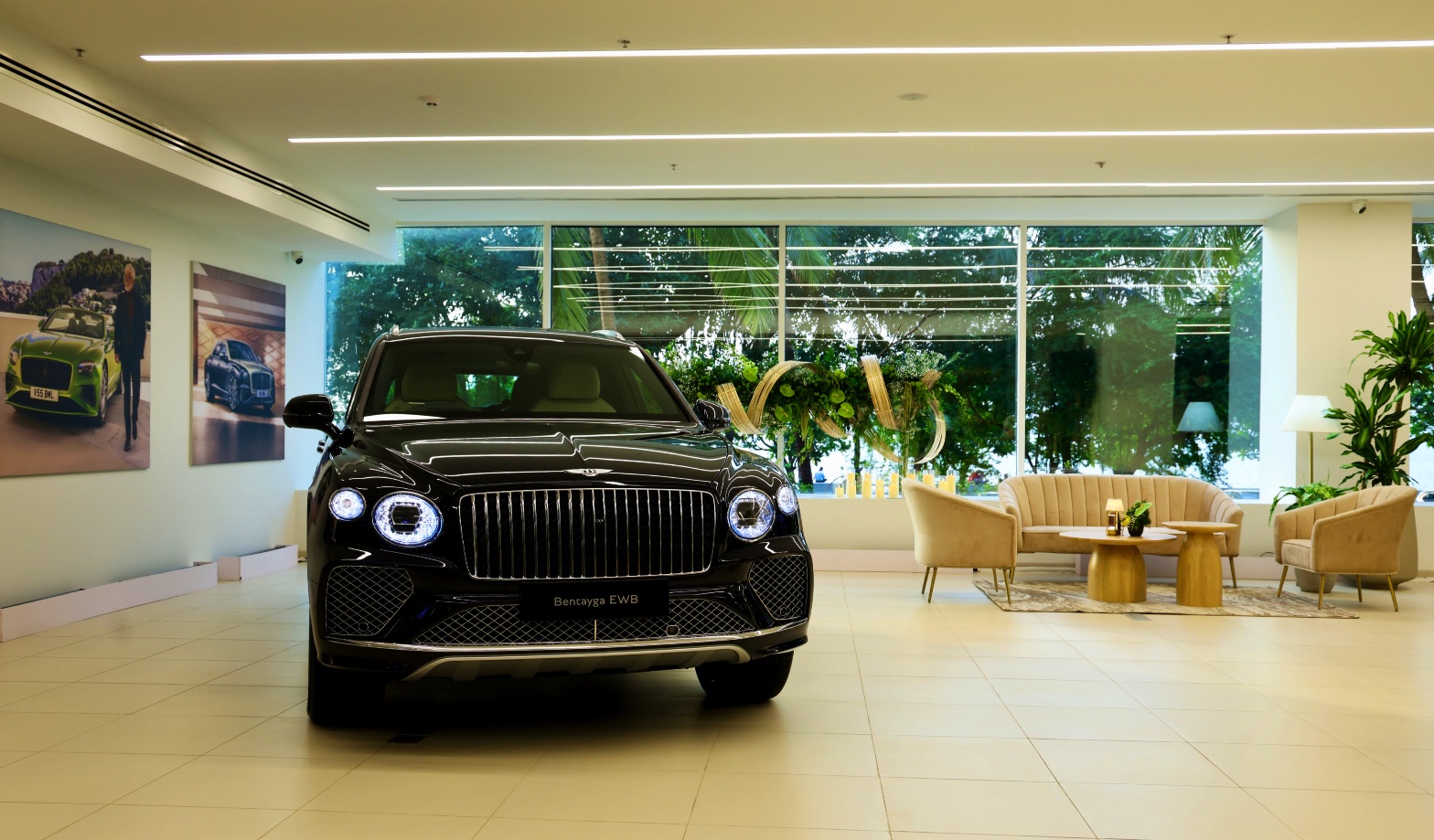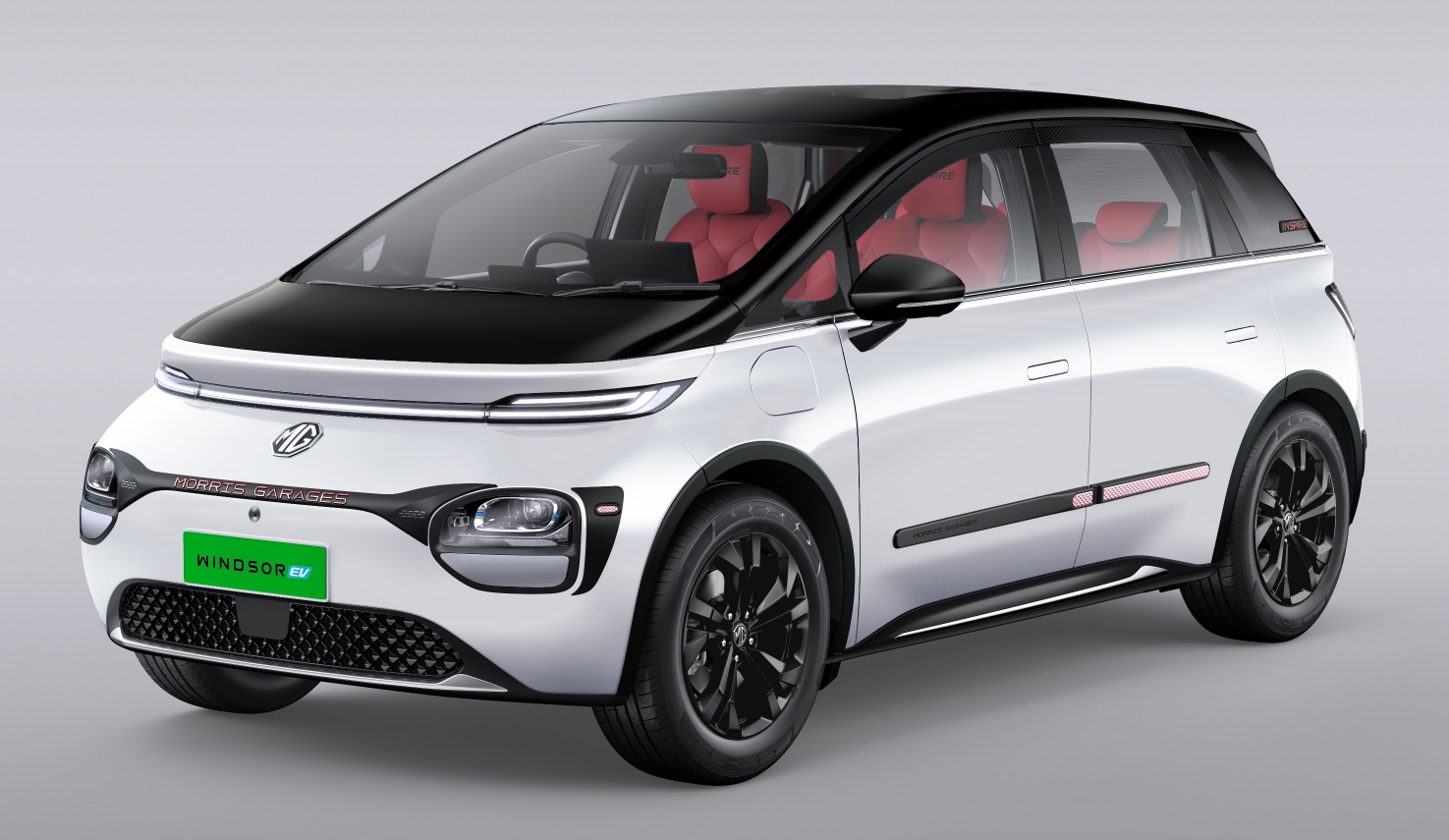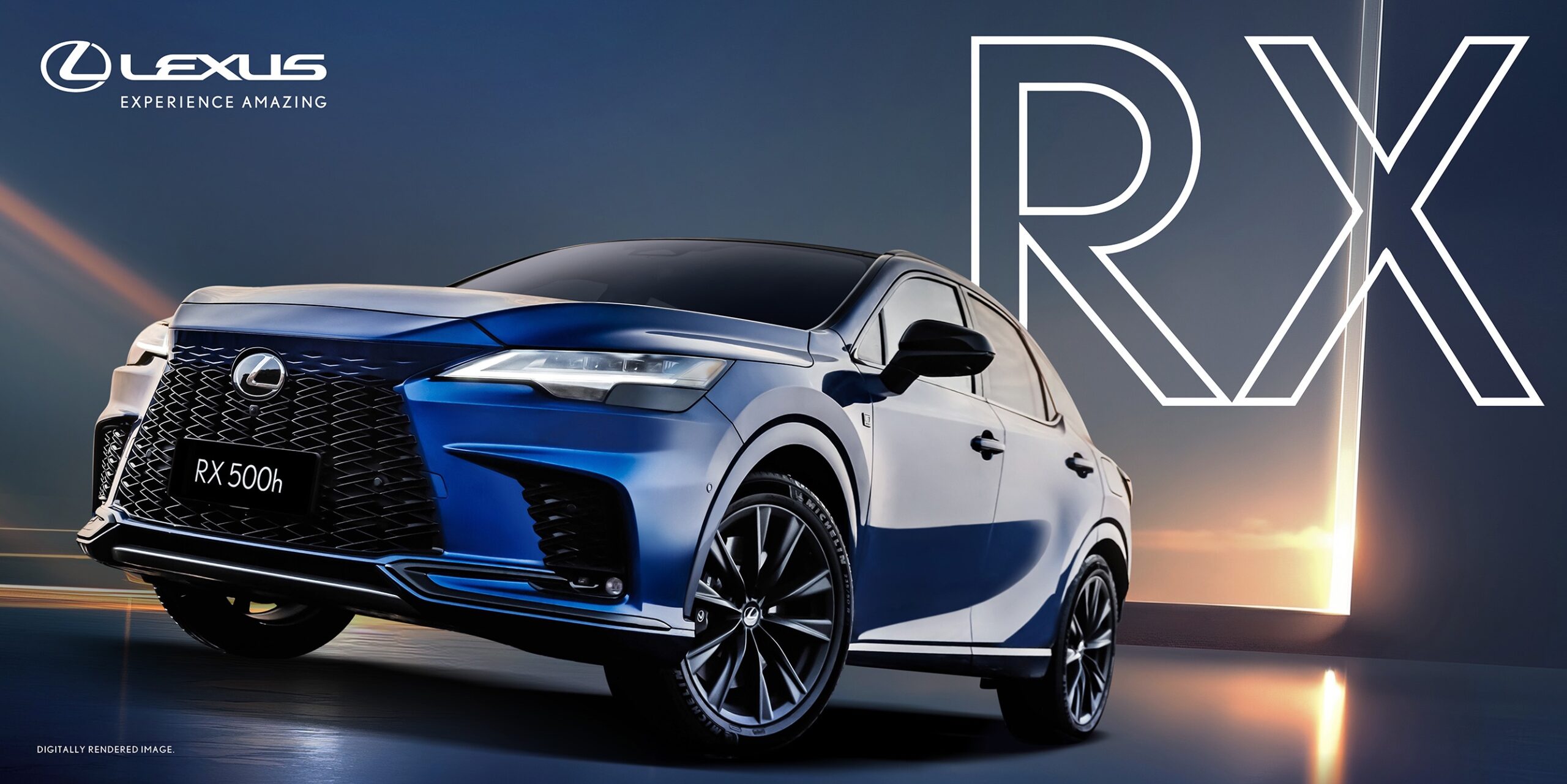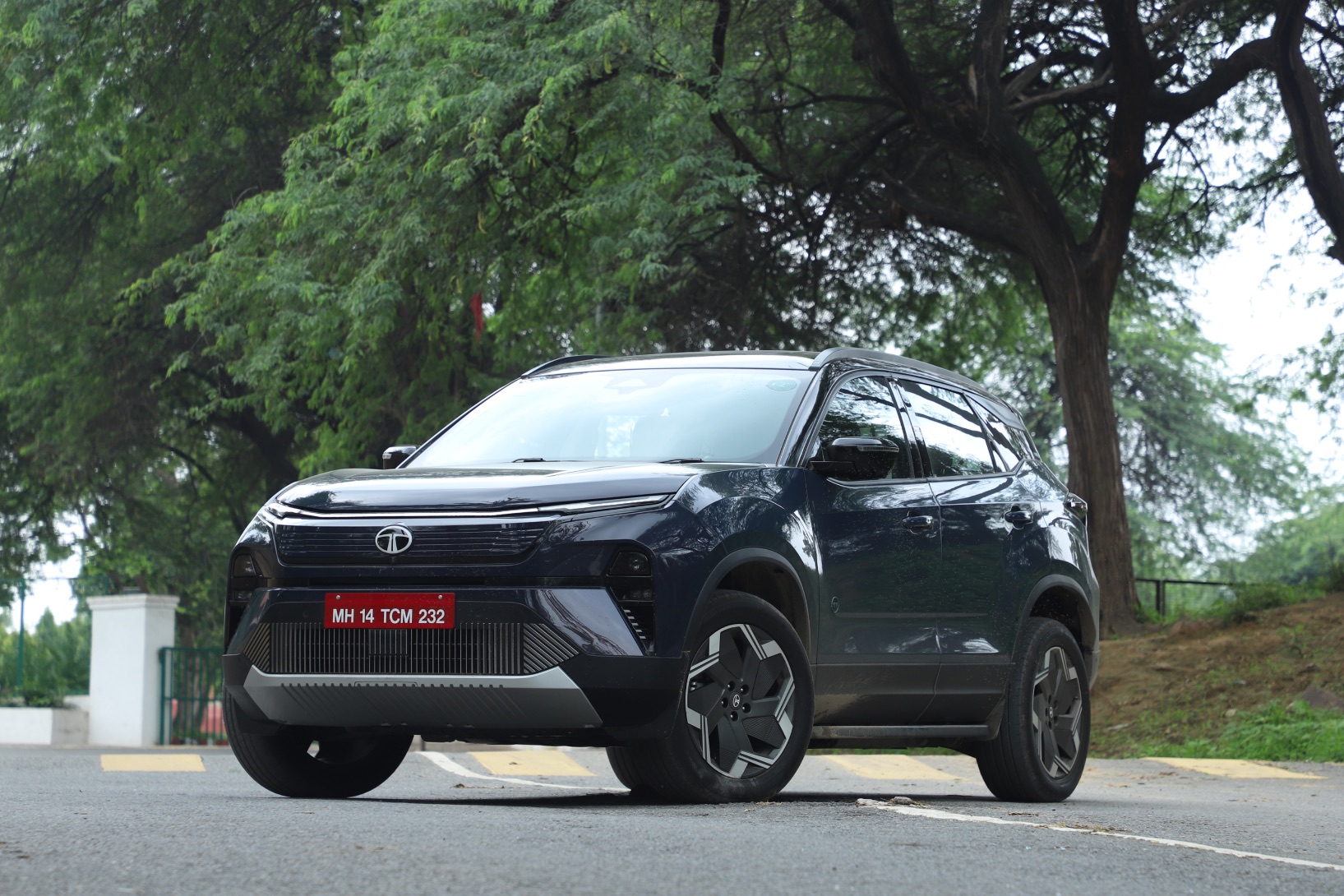Jeep falls, Citroen fails. Can Leapmotor save Stellantis in India?
Stellantis, despite its global might, continues to struggle in India as both Jeep brand and Citroen fail to gain traction due to poor strategy, pricing, and weak localisation. Now, with its new EV play through Leapmotor, the group is eyeing a much-needed reboot. Can Stellantis finally shift gears in India?
08/08/2025
No Comments


MUMBAI
When the world’s fourth-largest carmaker struggles to make a dent in one of the world’s fastest-growing car markets, there’s bound to be a story. That’s exactly what is happening with Stellantis in India, a global behemoth with 14 brands in its stable, yet barely a presence on Indian roads.
Four years after it came into being, through the merger of PSA Group and Fiat Chrysler Automobiles (FCA), Stellantis, still hasn’t managed to crack the India code. Citroen is crawling, Jeep is fading, and there is no blockbuster playbook in sight.
Citroen India: The Challenger That’s Still Challenging
When Citroen made its India debut in 2021 with the C5 Aircross, it looked like Stellantis meant business. The strategy was to follow up with India-specific, mass-market models such as the C3 hatchback and the eC3 EV. But somewhere between pricing, features, and perception, the connect was lost.
Despite local manufacturing and a focus on emerging-market affordability, the brand has failed to gain momentum. Monthly sales often struggle to cross the 1,000-unit mark. Limited dealerships and a lack of ‘wow’ features in a fiercely competitive segment hasn’t helped matters.
The eC3 EV keeps Citroen in the electric conversation but in a country where Tata Motors owns over 50 per cent of the EV space, that’s barely a foothold.
Jeep India: From Aspirational to Almost Absent
Jeep had a head start. It rode into India with the Compass in 2017 and hit the sweet spot. It was rugged, premium, and aspirational. But somewhere between success and scale, Jeep took a wrong turn.
After peaking in 2018–19, Jeep began to stumble. The Compass got expensive. The product pipeline dried up. The promised sub-4m Renegade SUV never arrived. And when the 7-seater Meridian finally launched, it came at a steep price, competing with better-packaged options such as the XUV700 and Toyota Fortuner.
Now, Jeep’s monthly sales are below 500 units. The brand, once a serious contender, is barely clinging to relevance. Dealer exits, high service costs, and an ageing portfolio have only added to the woes.
Leapmotor: Stellantis’ High-Stakes Electric Reboot in India
In what could be its boldest move yet, Stellantis is set to bring Chinese EV brand Leapmotor to India, hoping to ride the electric wave and reinvent itself in the market. Stellantis holds a majority stake in Leapmotor’s global expansion operations and plans to localise its EVs in India, possibly from its existing manufacturing base in Tamil Nadu.
The first Leapmotor model is expected to be a compact electric SUV or hatchback that could debut in India as early as 2025. With competitive pricing, strong range, and contemporary design, Leapmotor offers Stellantis a chance to reset its image and leap into relevance in India’s growing EV market.
But this is still a high-risk, high-reward bet. Indian consumers are discerning, especially in the EV space. Leapmotor will need solid after-sales support, strong localisation, and brand-building muscle to break through the noise.
Could Leapmotor be the lifeboat that rescues Stellantis India? Potentially. But the waters are rough, and one brand alone won’t fix a systemic strategy problem. Stellantis still needs a cohesive India game plan.
The Stellantis Dilemma
Worldwide, Stellantis is a force to reckon with. From Peugeot to Dodge, Maserati to Opel, its global lineup is diverse, future-facing, and ambitious. But in India, it seems stuck in neutral.
The group’s India approach so far has lacked urgency as well as local flavour. There’s no clear strategy for high-volume segments like sub-compact SUVs or hybrid sedans. Localisation is limited. And there’s been little brand-building effort compared to aggressive new entrants such as Kia or MG Motor India.
Instead, Stellantis appears to be treating India more as an export hub than a domestic priority, an approach that may offer near-term profits, but little long-term brand value.
What Went Wrong?
- No presence in hot segments: Think sub-4m SUVs, premium hatchbacks, or strong hybrids, Stellantis missed them all.
- Flawed pricing strategy: Both Citroen and Jeep models are often either under-equipped or overpriced, sometimes even both.
- Dealer and service gaps: Limited touchpoints, high spare part costs, and inconsistent after-sales support drove away even loyalists.
- No India-first product mindset: While rivals such as Tata, Hyundai, and Mahindra invest heavily in India specific platforms, Stellantis is yet to show the same intent.
Building Tech in India
While Stellantis hasn’t had much success selling cars in India, it has been quietly expanding its tech footprint. In 2022, the company opened its largest software and technology centre outside the U.S. in Bengaluru, followed by a second major ICT (Information and Communication Technology) hub in Hyderabad in 2023. These centres works on advanced software, from connected car systems to AI & EV tech. But here’s the catch: almost all of this tech is meant for exports, not for cars sold in India.
This raises an important question: Is Stellantis treating India more like a tech factory than a car market? These investments show the company values India’s engineering talent, but on the ground, customers still see limited product choices, weak brand visibility, and a shrinking dealer network. For now, Stellantis seems more interested in building car tech in India, than building cars for India.
Can Stellantis Regain Ground?
The group recently hinted at a revised India roadmap, focused more on exports, cost optimisation, and selective product plays. But selective may not be enough in a market that rewards speed, agility, and bold bets.
Unless Stellantis rolls out truly India-centric models that are competitively priced, tech-forward, and fuel-efficient, its brands may risk being reduced to niche badges in a mass market.
And with India expected to be the world’s third-largest car market by volume, that would be a big opportunity left on the table.
Conclusion
Stellantis has the balance sheet and the brand power, however, what it lacks is a sharp India-specific game plan. Leapmotor may give them a fresh start, but as we all know only too well, winning in India needs more than just one EV. It needs commitment, scale, and speed.
The Indian market doesn’t wait. It rewards those who understand local needs, act fast, and price smart. For Stellantis, a company with the muscle to compete, this is not a question of capability but of commitment.
Whether it is through Leapmotor’s electric debut or a complete strategic reset, Stellantis, needs a breakout moment. Otherwise, it risks becoming a footnote in a market that it should’ve dominated.
Latest
-

 A new era for Bentley in India: Official showroom opens in Mumbai
A new era for Bentley in India: Official showroom opens in Mumbai -

 JSW MG Motor India launch Windsor Inspire Edition; Only 300 units to be produced
JSW MG Motor India launch Windsor Inspire Edition; Only 300 units to be produced -

 2025 Fortuner Leader Edition arrives: A Sportier, More Dynamic Take on Toyota’s Iconic SUV
2025 Fortuner Leader Edition arrives: A Sportier, More Dynamic Take on Toyota’s Iconic SUV -

 India Bike Week 2025: The spirit of motorcycling returns to Goa this December
India Bike Week 2025: The spirit of motorcycling returns to Goa this December -

 Lexus India SUV sales soar, Led by RX and strong market demand
Lexus India SUV sales soar, Led by RX and strong market demand

















Leave a Reply
You must be logged in to post a comment.